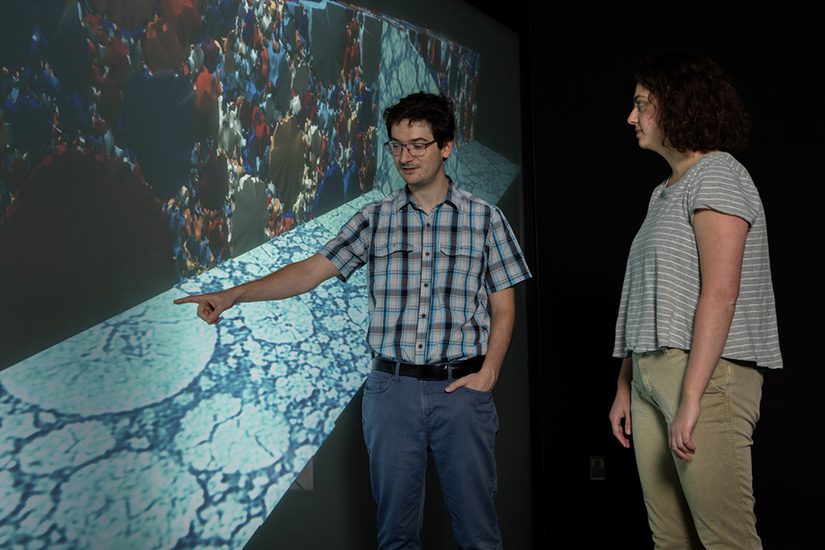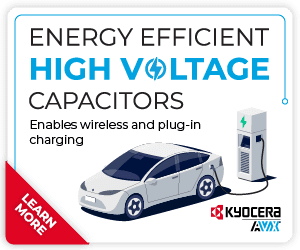Researchers at the US Department of Energy’s National Renewable Energy Laboratory (NREL) are exploring an alternative method of direct recycling, which aims to preserve and refurbish battery components for a more efficient and cost-effective process.
The researchers are using x-ray nanoscale computed tomography (nano-CT) for imaging of end-of-life batteries alongside NREL’s Microstructure Analysis Toolbox (MATBOX) to reveal hidden flaws that affect the quality of materials recovered for recycling. The scanning allows them to identify and quantify the types of damage within each cell, isolating different layers to maximize spatial variation.
“Now that we’ve identified the extent of this cracking, we are evaluating new ways to process the end-of-life material to repair some of that damage,” Popeil said. “By targeting mechanical changes to the material, we can avoid extensive chemical processing in favor of simplified and more efficient recovery methods.”

As nano-CT is nondestructive, scientists can observe changes to the internal structure and composition of battery materials as they happen in real time, offering insights into how the materials change during operation and cycling.
The project has examined commercial battery cells that were cycled under realistic, long-term conditions in research conducted by the DOE’s Vehicle Technologies Office.
“Early in this project, we found that the end-of-life material showed a similar energy capacity to pristine, unused battery cells, however, the charging rate was severely diminished,” said Melissa Popeil, an NREL energy storage doctoral researcher. “We were surprised to find that the primary damage type limiting battery performance was morphological changes, or particle cracking within the material microstructure.”
The researchers will next expand the project to include a wider range of battery materials entering the waste stream to optimize recycling processes for different battery chemistries, aiming to extend the lifetime and value of critical minerals within the US supply chain.
chargedevs.com
#Charged #EVs #NREL #nanoCT #imaging #improve #battery #recycling






